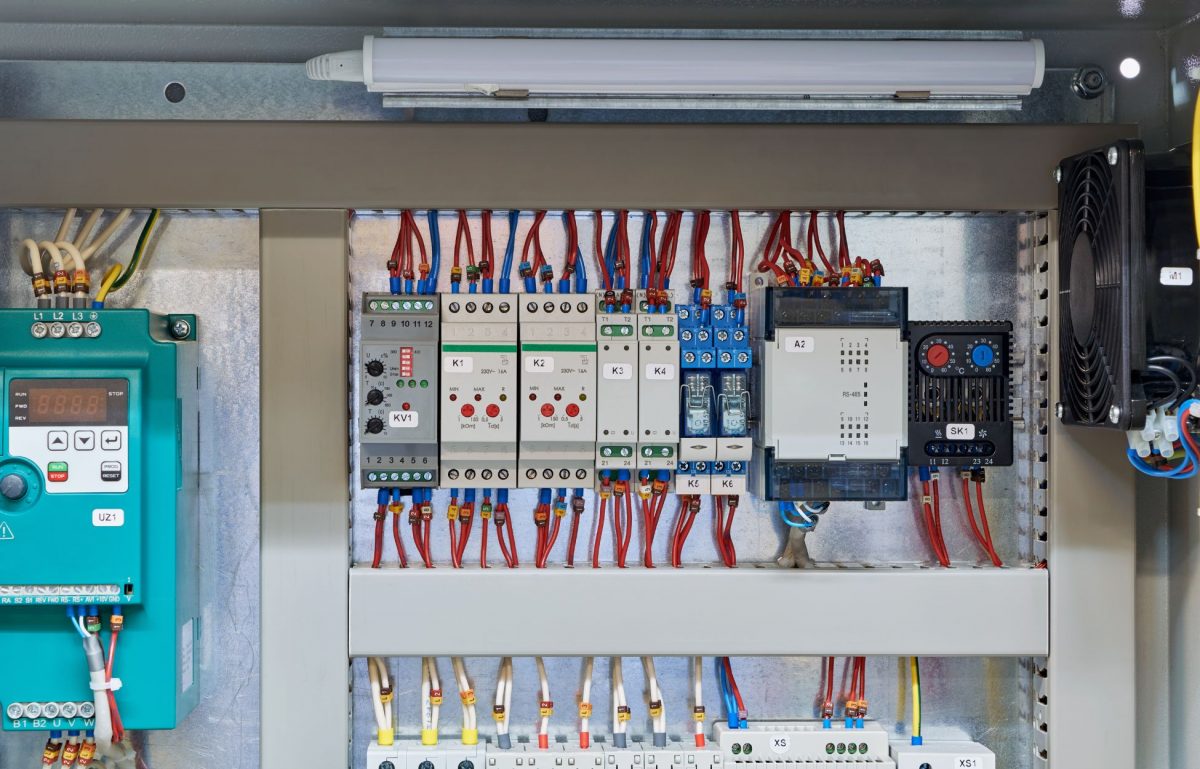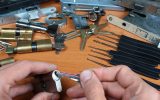When your business involves working internationally, you may need to utilize frequency converters since different areas and regions use different power frequencies. You should know how to choose a frequency converter for your business, so here are a few of the basics.
General Power Frequencies
Different countries use different frequencies. For example, the United States and Canada generally use 60Hz, while most of Europe uses 50Hz. There are various reasons why other countries or even different regions within a single country may use a specific frequency. Still, it’s a good idea to know what frequency-specific countries use, as that may determine whether or not you need a frequency converter in the first place.
Solid-State or Rotary Converters
When choosing a frequency converter for your business, it’s a good idea to know the difference between a solid-state and a rotary converter. Solid-state converters are lightweight, easy to install, and typically require little maintenance. However, they’re generally more of an initial investment and are less cost-effective when you need to make repairs. They’re also better for smaller jobs running between 1 and 5 kVA
Large jobs that use over 10 kVA are better for rotary converters, which are bulkier and more difficult to install, but less of a financial burden. If your business does lots of higher energy jobs, you may want to get a rotary converter.
Best for Your Business
There are several long-term benefits of frequency converters. If you want your business to take full advantage of these benefits, you want to pick a converter best for your personal needs. We suggest using a frequency converter with a power capacity at least six times higher than the motor capacity of the device you run through it. This helps ensure you won’t deal with the motor hard starting and enables you to run things efficiently.













